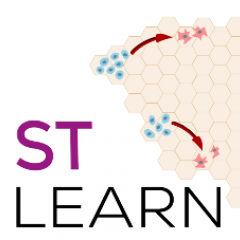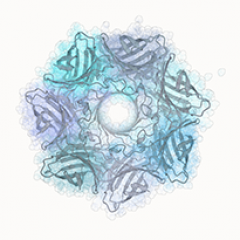Full title
Harriet P. Lo, Ye-Wheen Lim, Zherui Xiong, Nick Martel, Charles Ferguson, Nicholas Ariotti, Jean Giacomotto, James Rae, Matthias Floetenmeyer, Shayli Varasteh Moradi, Ya Gao, Vikas A. Tillu, Di Xia, Huang Wang, Samira Rahnama, Susan J. Nixon, Michele Bastiani, Ryan D. Day, Kelly A. Smith, Nathan J. Palpant, Wayne A. Johnston, Kirill Alexandrov, Brett M. Collins, Thomas E. Hall, Robert G. Parton; Cavin4 interacts with Bin1 to promote T-tubule formation and stability in developing skeletal muscle. J Cell Biol 6 December 2021; 220 (12): e201905065. doi: https://doi.org/10.1083/jcb.201905065
Abstract
The cavin proteins are essential for caveola biogenesis and function. Here, we identify a role for the muscle-specific component, Cavin4, in skeletal muscle T-tubule development by analyzing two vertebrate systems, mouse and zebrafish. In both models, Cavin4 localized to T-tubules, and loss of Cavin4 resulted in aberrant T-tubule maturation. In zebrafish, which possess duplicated cavin4 paralogs, Cavin4b was shown to directly interact with the T-tubule–associated BAR domain protein Bin1. Loss of both Cavin4a and Cavin4b caused aberrant accumulation of interconnected caveolae within the T-tubules, a fragmented T-tubule network enriched in Caveolin-3, and an impaired Ca2+ response upon mechanical stimulation. We propose a role for Cavin4 in remodeling the T-tubule membrane early in development by recycling caveolar components from the T-tubule to the sarcolemma. This generates a stable T-tubule domain lacking caveolae that is essential for T-tubule function.
GIH contribution
Through our GIH funded collaborative project “Dual guide screening” and in association with the Queensland Facility for Advanced Genome Editing (QFAGE) and the Transgenic Animal Service of Queensland (TASQ) , we have built a workflow for high efficient CRISPR knockout using optimised triple guide RNA design.
This workflow was utilised by GIH team member Dr Di Xia for the research within this publication by Harriet P. Lo, et al, where Di contributed to both the genome editing required to create both the Cavin4 Knockout mouse model and Cavin4 Knockout C2C12 cells.



